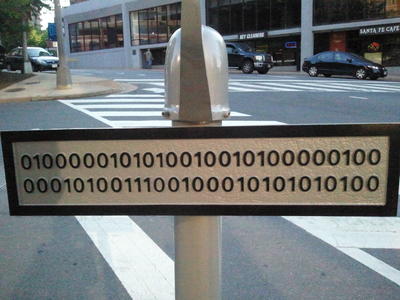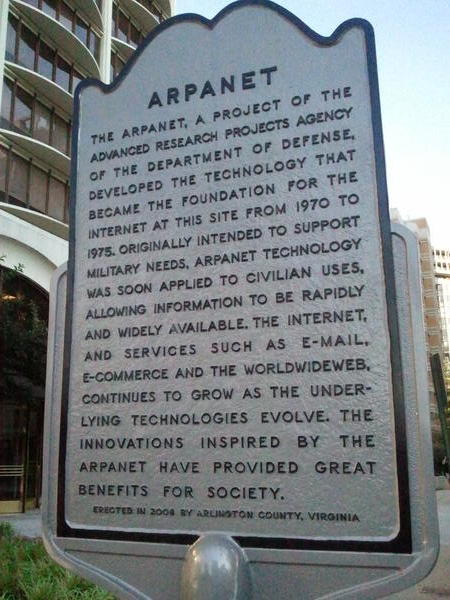ARPANET turns 50: Secret code eludes millions
Today marks the 50th anniversary of the first successful message sent over the ARPANET, the precursor to today’s internet, which, if it didn’t exist, you wouldn’t be reading this.

The main idea behind the Department of Defense’s Advanced Research Projects Agency Network – and the later internet – was to make far-away computers accessible so computer power could be used without having to travel to the computer’s location. The ARPANET brought together many computer networking ideas that had been discussed and built in isolation and actually built a flexible long-distance network in California. The first message over the new ARPANET was sent 350 miles from UCLA in Los Angeles to the Stanford Research Institute in Menlo Park. The Defense Department’s Defense Advanced Research Projects Agency funded the early ARPANET research under a program called “Resource Sharing Computer Networks.” In 1981, a DARPA report said the ARPANET was “a revolution in computer technology and has been one of the most successful projects ever undertaken by DARPA.”
ARPANET’s flexible networking, now part of the internet, created a way to move data between computers across long distances where the telecommunications cables and equipment comprising the transmission network were unreliable. The ARPANET used network switches and TCP/IP “packets” so information sent between computers could be broken into hundreds or thousands of individual messages, each capable of following different paths over telecommunications cables, to reach its final destination. The receiving computer could reassemble the packets into the final complete message, even if it received them in the wrong order because some packets took longer to get there, and be able to determine if any of the packets got lost along the way. The receiving computer could then ask the sending computer to resend the missing packets.

To achieve the movement of data packets over unreliable networks, the ARPANET created some of the first small routers. These routers, then called Interface Message Processors, were responsible for determining over which physical cable a packet needed to be sent in order to find its way to its destination computer. If a router determined that a physical cable was no longer functioning, a different cable could be chosen that could get that packet to its ultimate destination, even if that packet might now have to transit through several other cables and routers to get there. This hugely successful idea of using flexible paths from point A to point B now make routers ubiquitous on the internet. In fact, you almost certainly have a router sitting in your home today, sometimes doubling as an internet modem or WiFi device, and what you are reading now passed through a dozen or more routers before it arrived on your screen.
With today’s internet and internet-connected services that built upon ARPANET’s achievements, we now access information and processing power from computers all over the world. We do this constantly without even thinking about it. But 50 years ago, these concepts were ambitious goals that were just starting to be turned from dreams into nascent realities.
So let’s celebrate that first ARPANET message 50 years ago today, and the many researchers who created the clever ideas that made it possible.
Oh, and that coded message in the image, above? That is part of the ARPANET historical marker sign outside the office building at 1400 Wilson Blvd. in Arlington, Virginia, the former headquarters of ARPANET, about 2 miles away from the Pentagon. Have you broken the code yet? Email me if you need a hint.
As a weird twist of coincidence, the former home of ARPANET is directly across the street from the parking garage where, in the early 1970s, Washington Post reporter Bob Woodward met secretly with the FBI deputy director who gave him information that helped lead to President Richard Nixon’s resignation during the Watergate scandal. Yes, while workers were toiling late at night at ARPANET headquarters, Woodward was meeting his “Deep Throat” confidential FBI informant in the parking garage across the street.